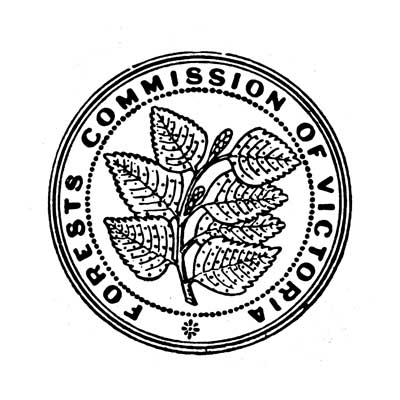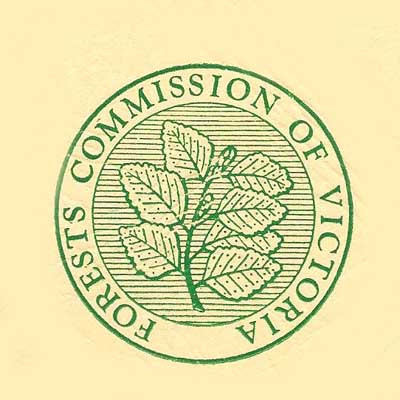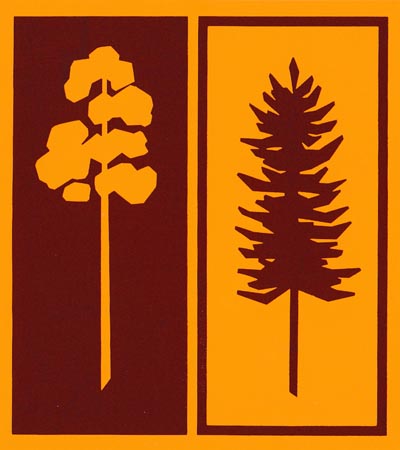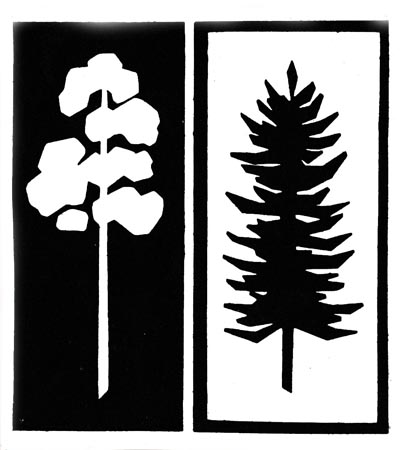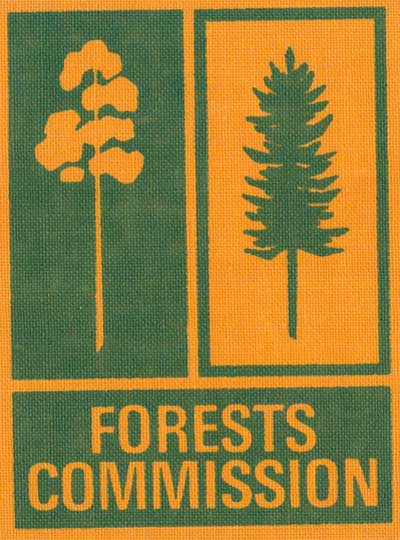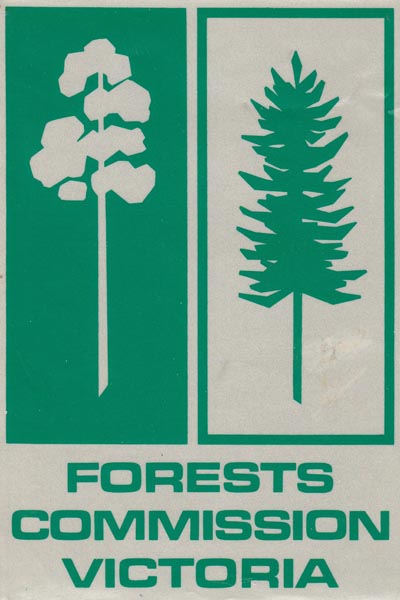Organisations: Continuity and Change
Brian Doolan Thesis: Institutional Continuity and Change in Victoria’s Forests and Parks 1900 – 2010
See also: A Brief History of the FCV
Introduction by M Leonard
Change seems to be all around us, and constantly accelerating. Even our most basic institutions – intended to provide some stability and consistency in our lives – are being fundamentally questioned, in Australia and abroad. In the smaller world of Victorian forest management institutional change has been with us for decades.
With the passing of the Forests Act in 1907, and with the creation of a State Forests Department in 1908, the first significant steps were made towards the conservation of the State's forests.
An associated Forests Commission, Victoria (FCV) became operational in 1919. Commissions and Authorities were seen, in that era, as a way of, in part, putting some distance between the longer-term strategies and planning horizons associated with, in this case, the care and management of forests, and the shorter-term political electoral cycles.
Between 1908 and 1985, a period of some seventy-seven years, the FCV was the primary body responsible for around one-third of Victoria that was largely tree-covered, and in public ownership.
In 1985, and following reviews of public land and natural resource managing agencies, the State Forests Department (together with the then Lands Department, the Soil Conservation Authority, and much of the then Ministry of Conservation – including the National Parks Service and the Fisheries and Wildlife Service) were incorporated into a Department of Conservation, Forests and Lands (CFL). (The FCV continued to exist, legally, for several subsequent months).
Since that time the FCV’s and CFL’s successors in law have been the Departments of:
- 1990: Conservation and Environment (DCE)
- 1992: Conservation and Natural Resources (CNR)
- 1996: Natural Resources and Environment (NRE)
- 2002: Sustainability and Environment (DSE)
- 2013: Environment and Primary Industries (DEPI)
- 2015: Environment, Land, Water and Planning (DELWP)
- 2023: Energy, Environment and Climate Action (DEECA)
Several years ago Brian Doolan, whose early career (in the late 1970s) included a role in alpine resort management and recreation with the FCV, and in more recent years senior management positions in Parks Victoria, successfully submitted a thesis for a degree of Master of Arts at Monash University, in 2015. Brian’s research addressed, in significant part, much that is relevant to the events described above.
Specifically, Brian’s thesis examined, among other things:
- The institutional structures in the form of legislation, government organisations and spatial constructs that had been established to formalise and control forest conservation and use in Victoria between 1900 and 2010
- How and why Victoria’s forest institutions had been established or modified, and it assessed the tension between institutional continuity and change; and
- In particular, the thesis investigated the paradox between the long-term objectives that had been established for Victoria’s public forest since the 1980s and repeated short-term changes in the organisations responsible for pursuing those objectives
In simple terms the research asked the question: how do we achieve ‘good change’ and ‘good continuity’? If Victorian foresters and their supporters successfully halted rampant forest clearance at the end of the nineteenth century; and environmental groups successfully campaigned for more ecological protection of forests in the late twentieth century, is forest management hostage to periodic changes in fundamental values and is that viable? The thesis concludes that change in social values around forest management may be inevitable but it must be contested in the open – in public policy processes and parliamentary debates, not in the managerial backrooms of organisational and ‘cultural’ change.
Brian’s thesis - Institutional Continuity and Change in Victoria’s Forests and Parks 1900-2010 - is, arguably, the most comprehensive examination of its kind yet undertaken in Australia.
In conjunction with his thesis Brian also produced a background document: Natural Order: A Descriptive Survey of Victoria’s Forest Institutions 1900-2010. The document links a large amount of source material to the text of the Master's thesis, for which there was a word limit.
Perhaps more importantly, and as Brian says in the background document’s Introduction, it ‘…allowed a (then) practising public land manager, and long-dormant historian, to re-establish the necessary technique and evidence to substantiate statements about the political changes, social movements, scientific ideas and patterns of economic development that affected forest management over a sizeable geographic area and a period of more than a century….’

